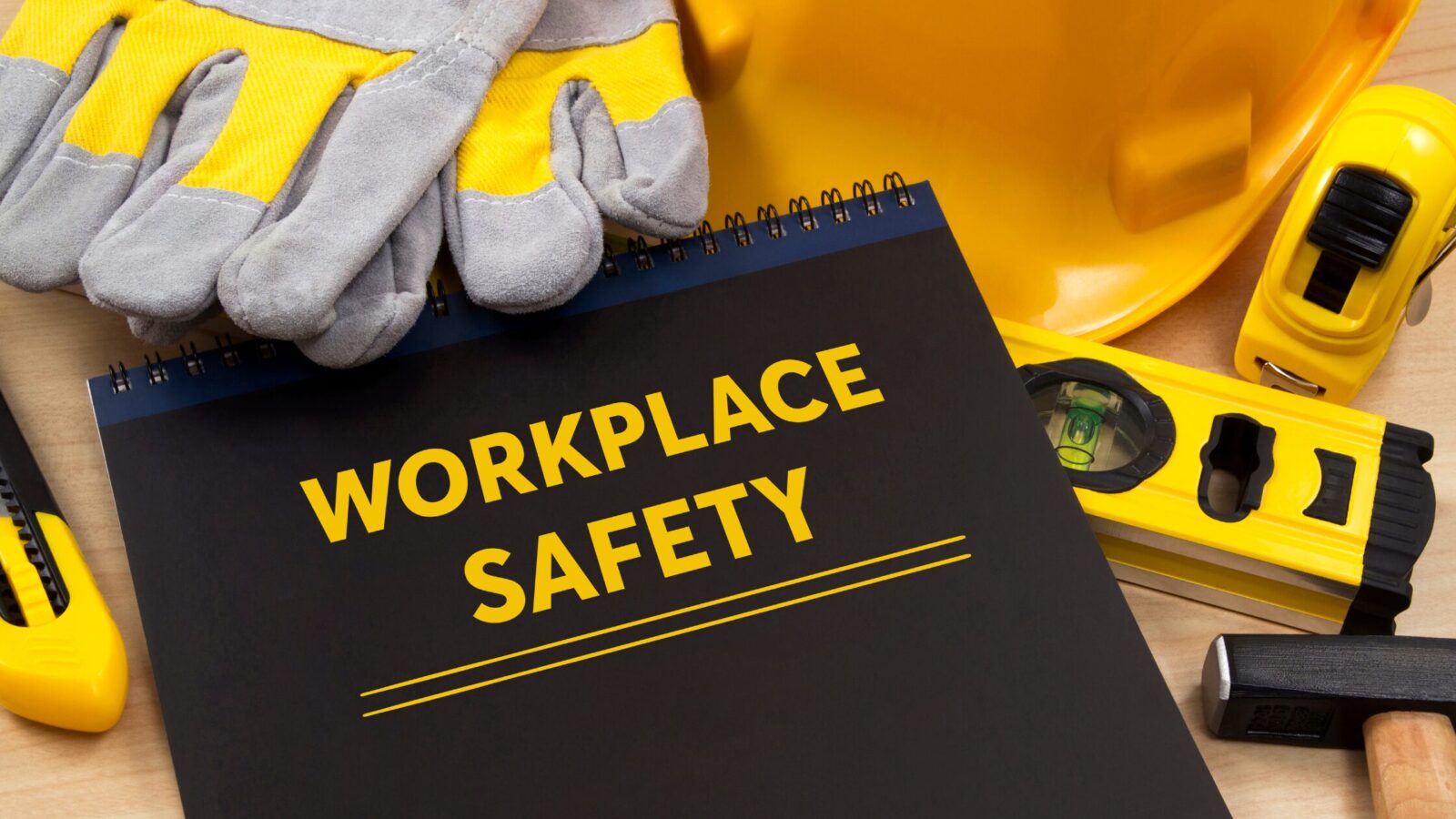Workplace safety is more than just a requirement—it’s essential to protecting your team and ensuring your business runs smoothly. A well-thought-out safety plan not only keeps everyone safe but also boosts morale, productivity and even your bottom line. If you’re ready to create a safety roadmap, here’s a straightforward guide to help you build an effective workplace safety plan.
1. Start with a Comprehensive Workplace Safety Assessment
The first step in any solid safety plan is to understand where you’re starting. Conduct a thorough assessment of your workplace to identify potential hazards. Think about everything from physical dangers to chemical exposures and even ergonomic risks. Tools like a Job Hazard Analysis (JHA) can help you dig deep into specific tasks to uncover risks that might not be immediately obvious. If you need a fresh set of eyes, OECS can conduct this assessment.
2. Get Your Employees Involved
Your employees know the ins and outs of their daily work better than anyone. Involving them in the development of your safety plan is key to making sure it’s practical and effective. Create safety committees, hold meetings or send out surveys to gather their insights. When employees feel like their voices are heard, they’re more likely to take ownership of the safety plan and follow through with it. This is one of the key topics that we discuss in our book, Building a Strong Safety Culture: The 5 C’s of Workplace Safety (request your free copy here)
3. Set Clear and Achievable Safety Goals
It’s important to set clear, realistic goals for your safety plan. These should be specific and measurable—think reducing incidents by a certain percentage or increasing the number of safety training sessions. Your goals should align with your company’s overall mission, helping you to track progress and stay focused on what’s most important.
4. Create Practical Safety Policies and Procedures
Your safety plan should include straightforward policies and procedures that cover every aspect of workplace safety—from how to handle emergencies to everyday best practices. Make sure these documents are easy for everyone to access and understand and develop a plan of how you will communicate them to your employees. Regular updates are crucial, especially as regulations change or new equipment is introduced.
5. Make Safety Training a Regular Part of Work
Training is one of the most effective ways to prevent incidents. Schedule initial training/new hire onboarding and regular training sessions to cover everything your employees need to know—from recognizing hazards to using equipment safely. Consider using a Learning Management System (LMS) to keep track of who’s completed training and what topics might need a refresher.
6. Keep an Eye on Safety with Monitoring and Reporting
A good safety plan doesn’t stop at implementation. Set up a system for regularly monitoring safety practices and encourage employees to report any issues they see, including near misses. Reviewing this data regularly can help you spot patterns and make improvements before problems arise. Establishing a safety committee can help you achieve effective monitoring and create a reporting system that gets everyone involved.
7. Regularly Review and Refresh Your Safety Plan
Workplaces change and so should your safety plan. Make it a habit to review and update your plan regularly to address new hazards or changes in the workplace. Keeping your plan up-to-date and communicating changes ensures you stay compliant with regulations, keeping your team safe.
Create a Culture of Safety
Creating a workplace safety plan might seem daunting but by breaking it down into these steps, you can build a plan that protects your employees and helps your business thrive. Remember, safety is an ongoing process, and staying proactive is the best way to keep everyone safe and your operations running smoothly.
By following these steps, you’ll not only create a safer work environment but also foster a culture of safety that benefits everyone involved. OECS is here to help you through the entire process from assessments to helping with safety committees and conducting training. Please contact us to discuss creating a custom safety plan for your business.
 763.417.9599
763.417.9599
